Share this Post

A Book and A Hug
All the Wonders is delighted to welcome author and guest contributor Laura Shovan to the site today. Laura recently had the opportunity to interview children’s bookseller and literacy advocate Barb Langridge and is here to share that conversation with us today.
I’ve been reading Katherine Paterson’s wonderful book of essays and speeches, Gates of Excellence: On Reading and Writing Books for Children. Good books, she says, are “good or even great because they make the right connections. . . . They are the words that integrate us, stretch us, judge us, comfort us, and heal us.”
I am a lifelong, voracious reader, so I was disappointed when I volunteered in my daughter’s first grade class. Instead of helping kids find books that made the “right connections,” my volunteer time began in a book closet full of bins marked A-Z. The children could not pick a book from the K bin until they were able to read a J book quickly (one of my tasks was to time reading) and fluently (another was to track errors).
Recently, teachers and librarians have been revisiting the value of leveled readers like those in my daughter’s class. School Library Journal covered the topic in an August post. Reading levels help adults track students’ progress, but do they—to use former bookseller and librarian Barb Langridge’s term—create native readers? The first time I heard Barb speak was at the State of Maryland Reading Council (SOMIRAC) conference, when I was still an aspiring children’s author. At that event, she explained that it isn’t a book’s reading level or the awards it has won that make it a good fit for a child.
I was delighted to bump into Barb again at my first NCTE conference as an author, and even more so when I found out that she lives just up the road. Since then, we’ve had a few conversations over coffee about the importance of those making those “right connections” between a book and an emerging reader.
Barb says, “They need books that help them understand who they are. We all see the world through the lens of how our brains are wired, plus our personal experiences. If we can give children stories that mirror them, then we can begin to really get who they are and what books will fill their personal need, help them accomplish their inner purpose.”
As Katherine Paterson understood, knowing which books will resonate with a child is grounded in these needs. Barb adds, “Different types of readers have divergent views and experiences of the world through their own singular personality filters. They are going to see the world so differently . . . it can make them feel like a fish out of water. That’s why books are so cool. Books say, ‘Hey, I see you and I get you.’ It’s validating.”
Relying on her background in education, human resource development, and her knowledge of children’s literature, Barb spent years developing and refining a system of characteristics that describe and define four reading personalities. Her website, A Book and a Hug, features a brief assessment to help find a child’s reader type, as well as recommended books for each group.
“Books have the power to reflect and validate who you are at a very personal level. This is your personality and what makes you a unique human being,” Barb says. “It’s built on how you take in and process information, which hasn’t been part of our informational interview in the past. This is how we make reading relevant to young readers.”
The Team Player

Although sports books fall in this category, the focus isn’t necessarily on athletics, but on a sense of belonging. According to Barb, these readers love tradition, rules, and “things that are familiar. They like to be part of a system: a school, a team, a family, a friendship. They like to read about what happens to other people or animals” who live and work in these systems.
The Jokester
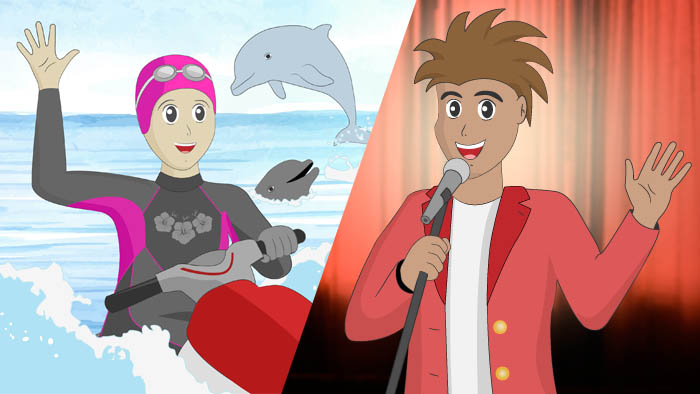
Do you know kids whose favorite books are as fun and satisfying as an amusement park ride? Their reading personality is probably The Jokester. “The experience of reading will have to feel for them visceral and often irreverent,” Barb says of this group. “They are alive and on the planet to do something. Not every Jokester is a thrill seeker, but they are all doers. Jokesters come in many versions.”
The Champion
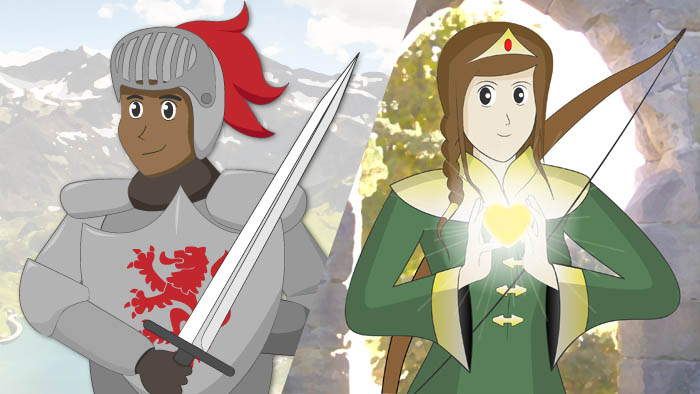
Looking for a story for a child who reads with their heart? Their reading type could be The Champion. These kids are hungry for books that ask, “What makes a person great?” Barb explains that these readers “want the plot to move through the character’s identity. There’s a sense that they’re growing their soul” through the books they read. Genre doesn’t matter to them, as long as the lead character is fighting for something bigger than he or she is.
The Investigator
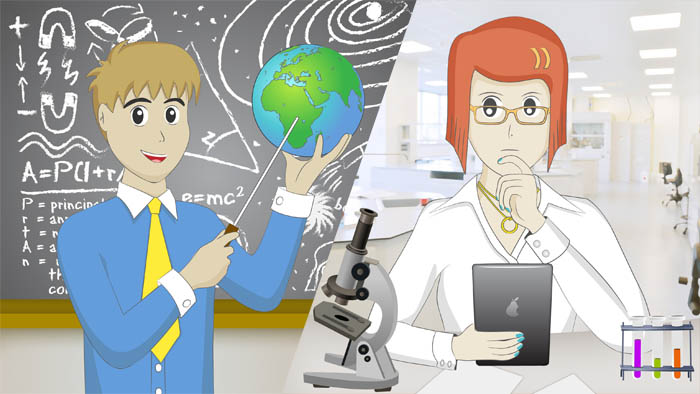
Reading about fictional characters or historical figures who face “a complex situation with a significant challenge,” is how Investigators learn, Barb says. Whether it’s fiction or nonfiction, they love smart, literary writing, wordplay, and solving puzzles. “They look for big concepts. They are always looking for, ‘What is the best way to do that?’”
When I first heard Barb speak about the reading personalities at that long ago SOMIRAC conference, it struck a chord with me as a reader, and as a parent. As a Champion, I was swept up in stories of good versus evil as a child. Susan Cooper’s The Dark is Rising series is still one of my favorites. My daughter, now in twelfth grade and also a Champion, rereads the Harry Potter series every year. These books connect with us because (to quote Katherine Paterson again), “They pull together for us a world that is falling apart.”
Indeed, the more technology and social media competes with reading for children’s attention, the more “it’s up to us to convince them that reading a book is worth their time,” says Barb. Telling a student to pick a book from the J bin may not do enough to build their enthusiasm for reading, but combining leveled readers with books that match a child’s reading personality can provide “books that mirror them, reflect them, and take them on the journeys they want to take,” Barb says. It’s not enough to hand children books based on reading level or what we adults perceive as their interests. When children don’t have the opportunity to read books that reflect them and their inner purpose, “they’re not going to see themselves as having an identity as a reader,” she says. “We have to be a portal to the place where they want to keep reading. We need to know our books well enough and listen to our readers well enough to hear what they are searching for, even when they can’t tell us in their own words,” Barb says. “This means having a list of characteristics for different readers and having children give you a feel for which characteristics match who they are.” The reading personalities are a tool to help “connect kids with books that they will innately enjoy.”
For me as an author, the four reader types have become one of my tools for developing characters. It helps me to think about what books the fictional children in my stories might love, and who they are as readers. As for real kids, Barb says, “We want them to find a book and say, ‘This is a story that connects with who I am and how I experience the world. I want more.’”
All images shared with permission from abookandahug.com
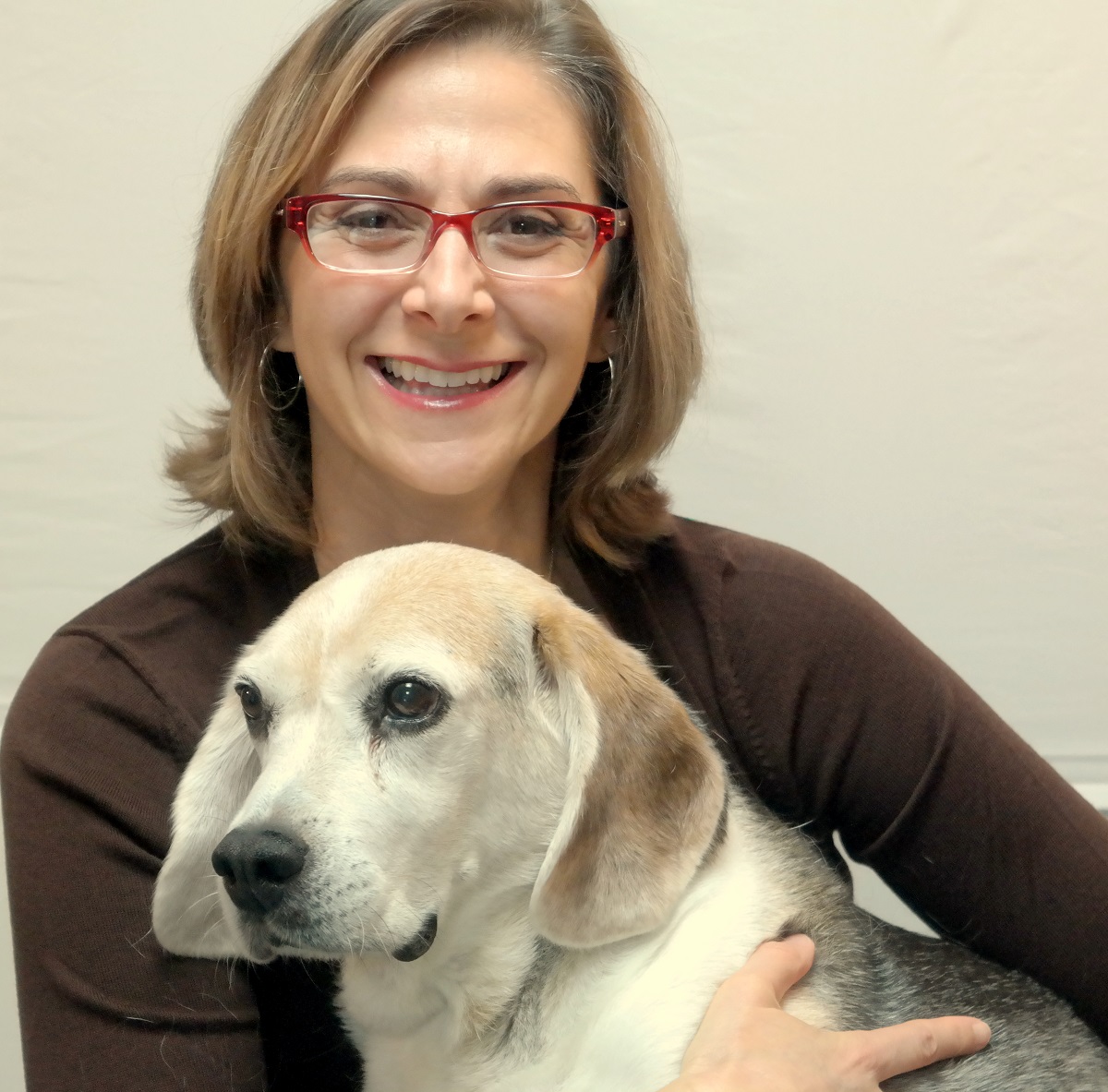
Poet and educator Laura Shovan’s debut middle grade novel, The Last Fifth Grade of Emerson Elementary, was a NCTE 2017 Notable Verse Novel, a Bank Street College of Education Best Children’s Book of the year, and won a Cybils Award for poetry, as well a Nerdy Book Club award. Laura was a wrestling mom for many years, and her son’s experiences in the sport were the inspiration for her second children’s novel, Takedown, which will be published by Random House in 2018. She lives with her family live in Maryland, where she is a longtime poet-in-the-schools for the Maryland State Arts Council. You can find her on Twitter @LauraShovan
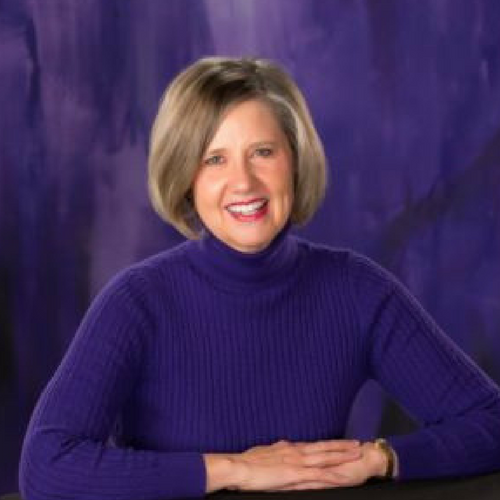
Barb Langridge traveled the world for 30 years as an Army wife, raising children on three continents. She worked as an independent children’s bookseller and as a Children’s Instructor and Research Specialist for the Howard County Library in Maryland. For the past 16 years, she has been a Book Champion for WBALTV Channel 11 (NBC affiliate) doing book recommendation segments for children’s and young adult titles. She also hosted the Books Alive cable show in conjunction with the Howard County, Maryland Public School System, interviewing dozens of authors. Barb is founder of abookandahug.com, a website dedicated to creating readers, with well over one million page views since its inception in 2009. Barb has spoken at library and reading specialist professional conferences around the country.

